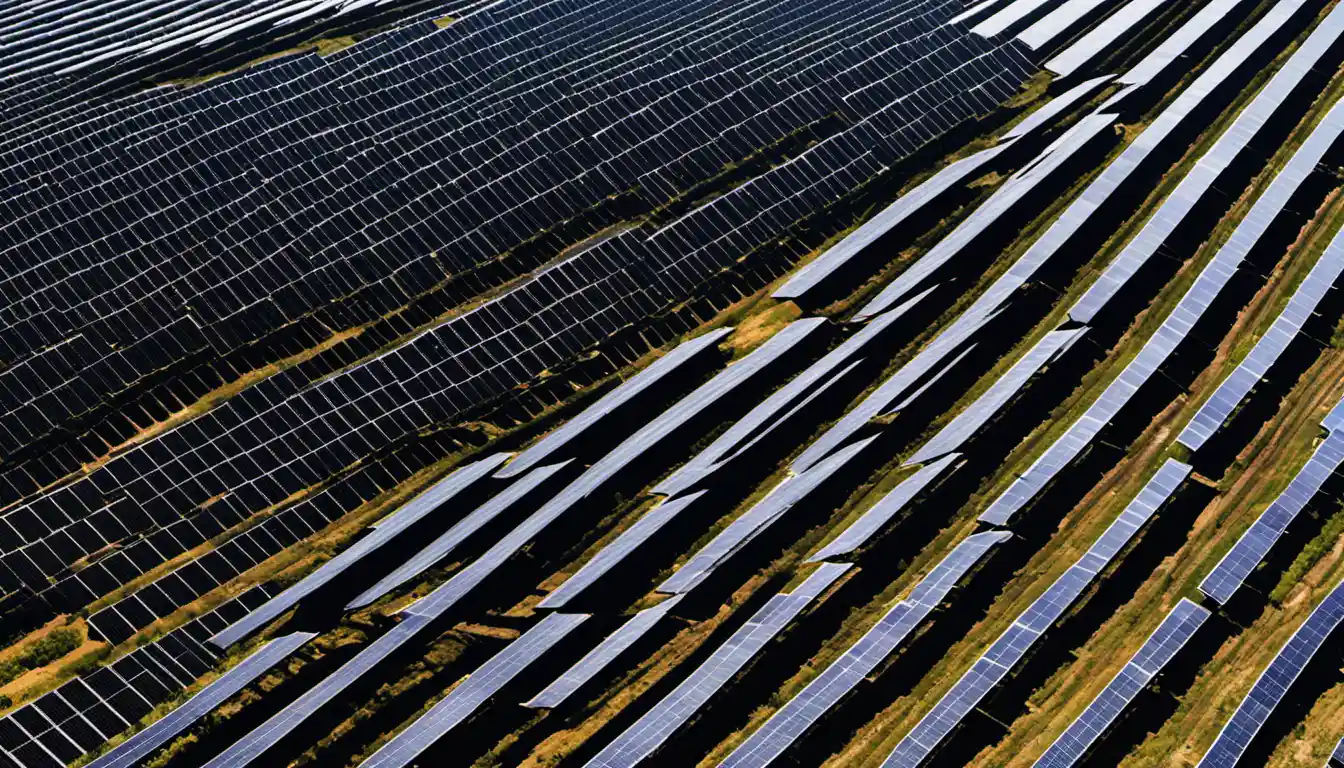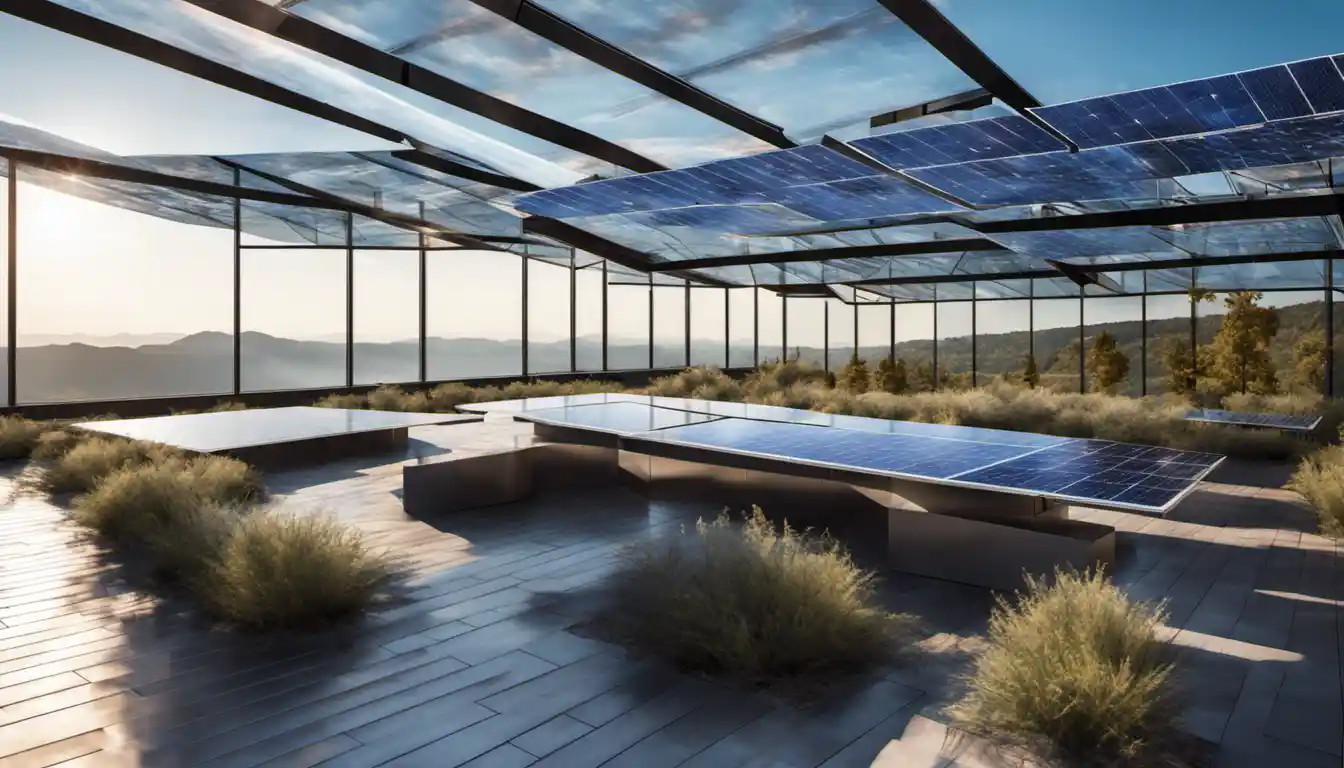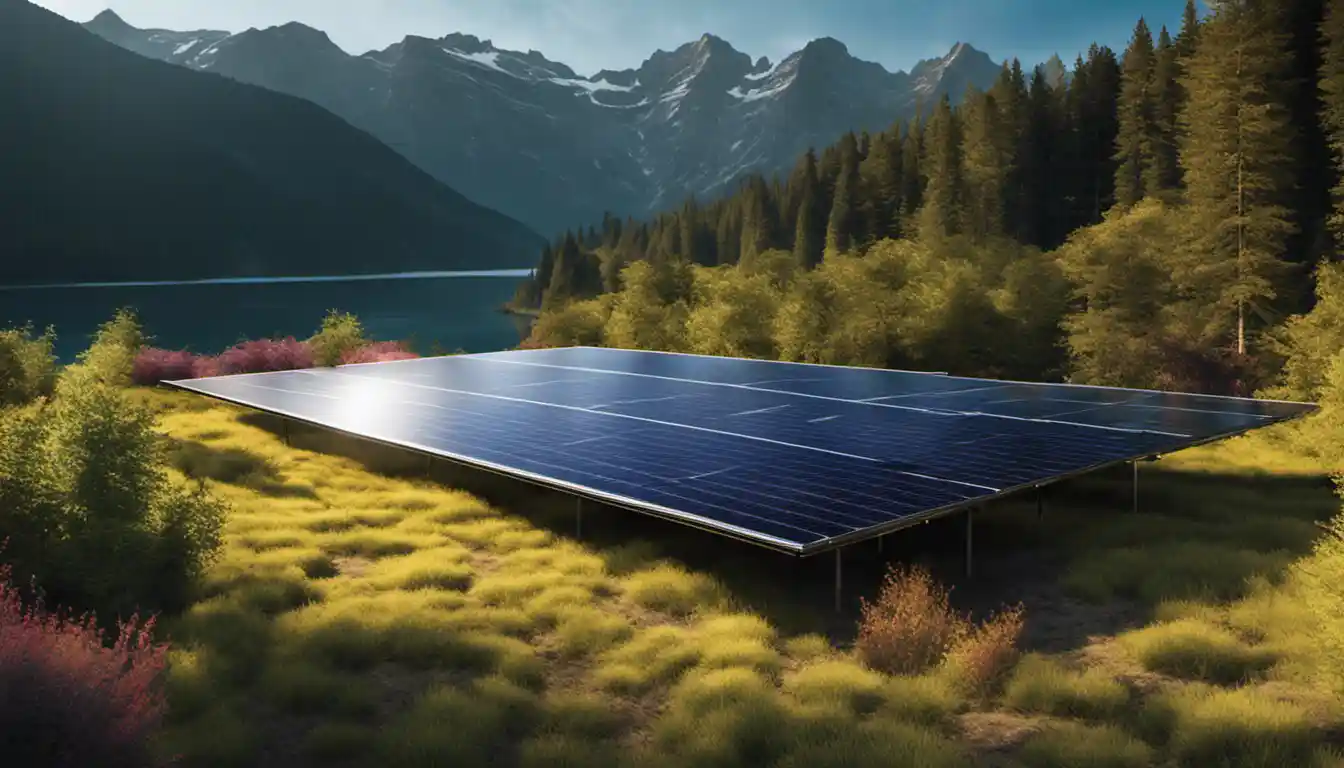Introduction to Thin Film Solar Panels
Thin film solar panels are less efficient than conventional ones, typically converting around 10-12% of sunlight into usable energy compared to 15-20% for crystalline silicon PV cells. However, they are lightweight, flexible, have a lower cost, and offer better aesthetics which can offset their lower efficiency for some users.
Despite this difference in efficiency, the continued development and rising popularity of thin-film solar panels suggests there’s more to the story. I’ve been in the solar energy sector for more than 20 years, and I’ve witnessed first-hand how drastically this technology has transformed. This evolution is exciting, and I want you to be a part of it.
Types of Thin Film Solar Panels
The new innovations in thin-film solar technology can be divided into four broad types:
-
Amorphous Solar Panels (a-Si): These are made by placing a thin layer of silicon on a metal or glass base. They are relatively inexpensive but have the lowest efficiency of all the types, usually around 7%.
-
Cadmium Telluride (CdTe) Panels: CdTe panels have a slightly higher efficiency rate, around 10%. This type is the most cost-effective of all thin-film technologies.
-
Copper Indium Gallium Diselenide (CIGS) Solar Panels: These panels have the highest efficiency of all thin-film types, reaching up to 12%. They are also the most expensive to produce.
-
Organic Photovoltaic (OPV) Solar Panels: These use conductive organic polymers or small organic molecules for light absorption and charge transport. While they have great potential, their overall efficiency is quite low.
Efficiency of Thin Film Solar Panels

The efficiency of thin-film solar panels varies depending upon the type of thin film used, and the design and installation of the system. For instance, CIGS panels installed under ideal conditions can reach an efficiency of 12%. Ever ask yourself what thin film solar panels are and why their efficiency is lower than traditional panels? It’s primarily due to the thin layer of photoactive material used in their production.
However, efficiency isn’t the only factor when considering solar panel systems. Other factors such as installation cost, aesthetics, and adaptability to varying light conditions can make them a compelling choice for many solar energy consumers.
How Thin Film Solar Panels are Produced
Thin film solar panels are made by depositing a thin layer of a photovoltaic substance onto a solid substrate like glass or metal. The materials used are significantly less than that used in traditional silicon panels, thus reducing the cost of production. However, the manufacturing process can be more complex and time-consuming.
Energy Production of Thin Film Solar Panels

When we look at “how much energy do thin film solar panels produce per year”, it does vary based on climatic conditions, the type of thin-film technology, and the system’s design and installation. However, a well-designed and installed system can generate between 10-12% of its rated capacity over the course of the year.
While this may seem less than conventional solar panels, remember that thin-film panels have a better performance in low-light and high-heat conditions. Also, they have lesser degradation over time compared to conventional panels which means they’ll deliver a consistent energy output over their lifespan.
Cost and Market Trends of Thin Film Solar Panels
The cost of thin-film solar panels has been falling steadily over the years, making them an increasingly cost-competitive option in the solar energy market. However, the specific cost can vary widely among manufacturers and installers.
The global thin film solar panels market has been witnessing a steady growth, and it’s projected to grow even more in the coming years. The key drivers of this growth are the increasing global demand for electricity and the growing awareness of renewable energy sources.
Durability and Lifespan of Thin Film Solar Panels

Thin-film solar panels are lauded for their durability. Their thin and flexible nature allows them to be used in diverse applications. With regards to lifespan, you can expect your thin-film panels to last around 20 years or more with proper maintenance, although they can degrade slightly faster than silicon panels, typically losing about 1% of their efficiency per year.
Environmental Impact of Thin Film Solar Panels
When it comes to environmental impact, thin-film panels have a lower embodied energy and shorter energy payback time compared to thicker silicon panels. However, the use of hazardous materials such as cadmium in CdTe panels raises issues related to environmental health and safety.
That being said, manufacturers are continuously working on improving the recyclability of panels and reducing the environmental impact.
Conclusion: Are Thin Film Solar Panels Worth It?
We’ve examined the efficiency of thin film solar panels, their production, the energy they produce, their cost and durability, and their environmental impact.
While they are less efficient than traditional panels, they are continually improving and come with diverse advantages like flexibility, cost, and better performance in higher temperatures. So, regardless of the slightly lower efficiency, they could be a great choice depending on your specific needs.
The future of thin-film solar panels looks bright, with innovative advancements promising to improve their efficiency rate. Stay tuned and remember, the real journey has just begun.



